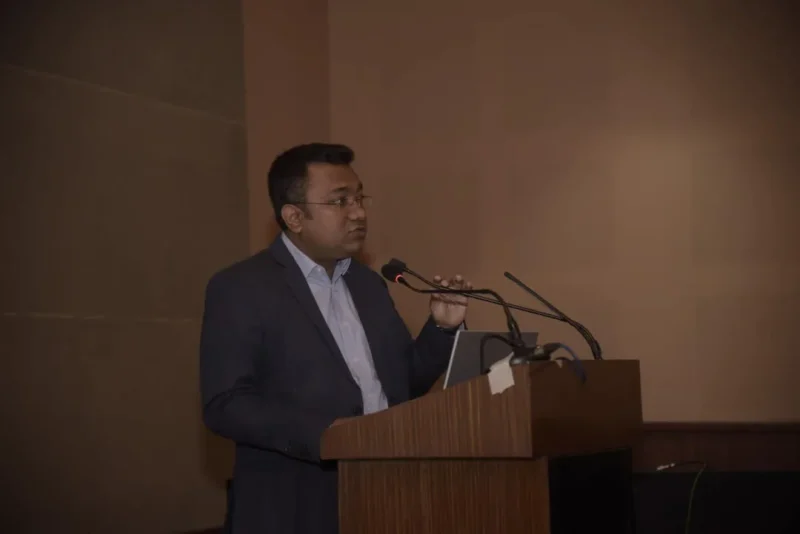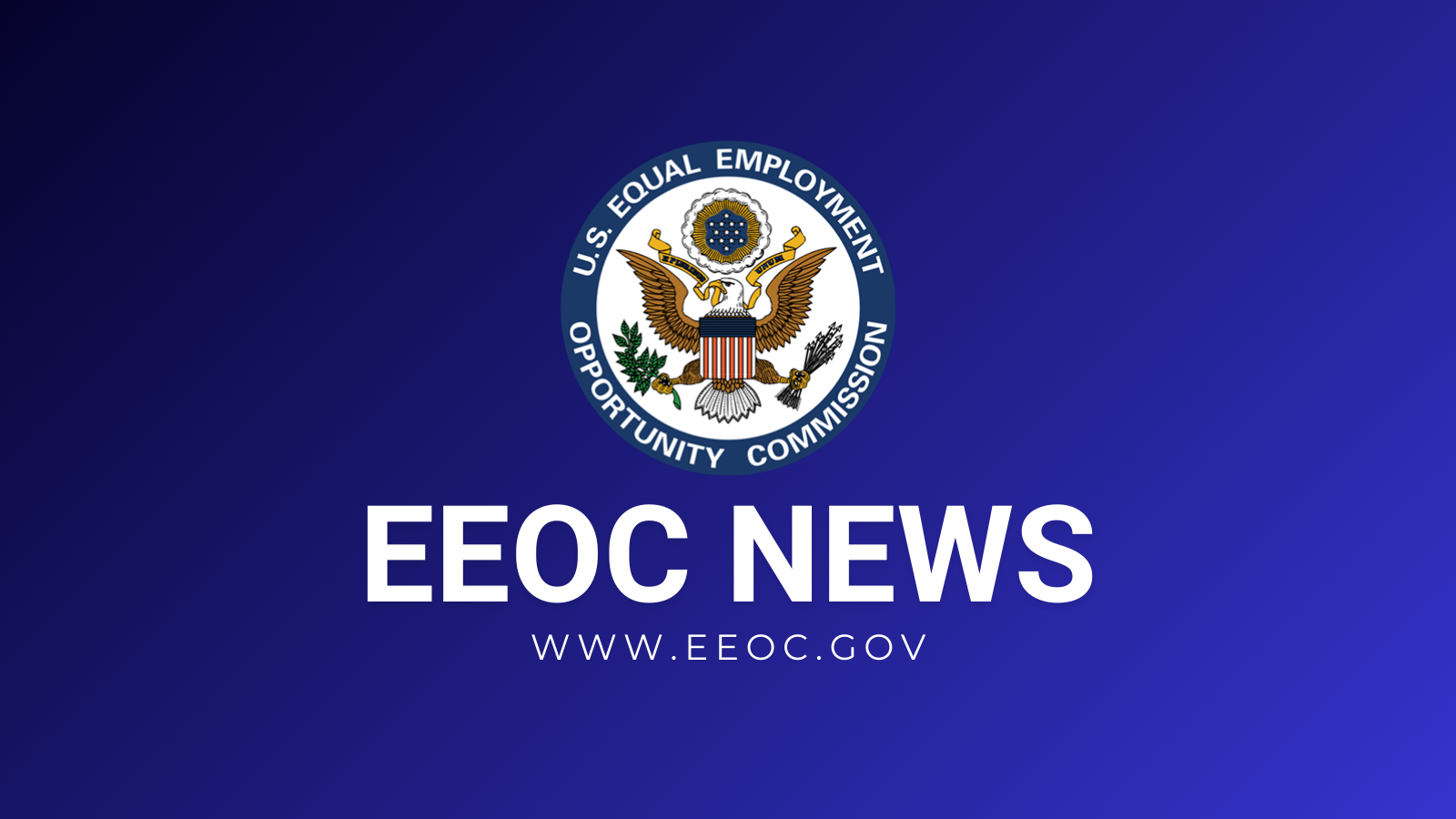California government to support Bay Area transit agencies with short-term financial assistance – masstransitmag.com

Financial Assistance for Bay Area Transit Aligns with Sustainable Development Goals
Overview of State Financial Intervention
- The state of California has announced a $750 million loan to provide short-term financial assistance to Bay Area transit agencies.
- The initiative, announced by Governor Gavin Newsom, aims to address immediate operational needs, protect service levels, and support fiscal reforms within the agencies.
- This financial support will be structured through tailored loans or other mechanisms developed in collaboration with the state’s Department of Finance and the California State Transportation Agency.
Contribution to SDG 11: Sustainable Cities and Communities
- The financial package directly supports SDG 11, particularly Target 11.2, which calls for providing access to safe, affordable, accessible, and sustainable transport systems for all.
- By safeguarding transit operations, the loan ensures that public transportation remains a reliable and accessible lifeline for millions of residents, which is fundamental to creating inclusive and sustainable urban environments.
- The focus on long-term financial security for these agencies contributes to building resilient urban infrastructure.
Advancing Climate and Equity Objectives (SDG 13, SDG 10 & SDG 9)
- Climate Action (SDG 13): This funding is part of a broader state investment of over $8 billion, reinforcing California’s commitment to its climate goals. It supports the transition to zero-emission transit, a critical step in reducing greenhouse gas emissions from the transportation sector.
- Reduced Inequalities (SDG 10): The assistance explicitly supports the state’s equity goals. Public transit is an essential service that provides mobility for low-income individuals, seniors, and people with disabilities, and protecting these services is crucial for reducing inequalities in access to employment, healthcare, and education.
- Industry, Innovation, and Infrastructure (SDG 9): The investment facilitates necessary capital upgrades and pushes for fiscal reforms, enhancing the quality, reliability, and sustainability of public infrastructure. Improving the rider experience is a key component of this effort.
Implementation and Long-Term Strategy
- The state will work with regional partners to create financial tools with clear repayment plans tailored to each agency’s needs.
- The Newsom Administration will continually evaluate these options to ensure agency needs are met while strengthening their long-term financial stability.
- This loan complements sustained funding from programs like Cap-and-Invest, creating a comprehensive strategy to deliver a sustainable, rider-focused transit system aligned with global development goals.
Analysis of Sustainable Development Goals in the Article
1. Which SDGs are addressed or connected to the issues highlighted in the article?
The article on financial assistance for Bay Area transit agencies connects to several Sustainable Development Goals (SDGs) by focusing on public transportation’s role in urban sustainability, climate action, and social equity.
- SDG 11: Sustainable Cities and Communities: The core theme of the article is the financial support for public transit in a major urban area (the Bay Area) to ensure it remains operational and sustainable.
- SDG 9: Industry, Innovation and Infrastructure: The funding is aimed at maintaining and upgrading essential public infrastructure, specifically the transit system, which is crucial for economic activity and public well-being.
- SDG 13: Climate Action: The article explicitly states that the investments support the state’s “climate… goals” and the transition to zero-emission vehicles.
- SDG 10: Reduced Inequalities: By supporting “equity goals” and ensuring transit remains a “lifeline to millions,” the initiative addresses the need for accessible and affordable transportation, which is vital for social and economic inclusion.
- SDG 17: Partnerships for the Goals: The initiative is a collaboration between the state of California (Governor, Department of Finance, CalSTA) and regional transit agencies, exemplifying a partnership to achieve sustainable development.
2. What specific targets under those SDGs can be identified based on the article’s content?
Based on the details provided, the following specific SDG targets are relevant:
- Target 11.2: By 2030, provide access to safe, affordable, accessible and sustainable transport systems for all. The article’s entire focus is on providing financial assistance to “protect service” and deliver a “sustainable, rider-first transit system,” directly aligning with this target.
- Target 9.1: Develop quality, reliable, sustainable and resilient infrastructure… to support economic development and human well-being. The funding is intended for “operational needs,” “capital upgrades,” and strengthening the “financial security of these agencies in the long term,” which contributes to developing resilient and sustainable transit infrastructure.
- Target 13.2: Integrate climate change measures into national policies, strategies and planning. The article explicitly mentions that the funding helps “push the zero-emission transitions forward” and supports the “state’s climate… goals,” demonstrating the integration of climate action into regional transportation policy.
- Target 10.2: By 2030, empower and promote the social, economic and political inclusion of all. The mention of supporting “equity goals” and describing transit as a “lifeline to millions” implies that the goal is to ensure that transportation does not become a barrier to inclusion, which is the essence of this target.
- Target 17.17: Encourage and promote effective public, public-private and civil society partnerships. The article describes a clear partnership where state-level government bodies “partner with” regional transit agencies to provide tailored financial tools and support.
3. Are there any indicators mentioned or implied in the article that can be used to measure progress towards the identified targets?
While the article does not list official SDG indicators, it mentions or implies several metrics that can be used to measure progress:
- Financial Investment in Sustainable Infrastructure: The article provides concrete financial figures that serve as direct indicators of resource mobilization.
- “$750 million” in short-term financial assistance.
- “more than $8 billion” in multi-year investments in public transit.
- Progress in Zero-Emission Transition: The goal to “push the zero-emission transitions forward” implies an indicator related to the adoption of clean technology in the public transit fleet, such as the number or percentage of zero-emission buses or trains.
- Maintenance of Public Transit Service Levels: The objective to “protect service” suggests that a key indicator of success would be the maintenance or improvement of transit service frequency, route coverage, and operational hours, preventing service cuts that would negatively impact riders.
- Rider Experience and Equity: The goals to “improve rider experience” and support “equity goals” imply the use of indicators such as passenger satisfaction surveys, on-time performance statistics, and analysis of transit accessibility for low-income or underserved communities.
4. Table of SDGs, Targets, and Indicators
| SDGs | Targets | Indicators (Identified or Implied in the Article) |
|---|---|---|
| SDG 11: Sustainable Cities and Communities | 11.2: Provide access to safe, affordable, accessible and sustainable transport systems for all. | Level of public transit service maintained or protected; Measures of improved rider experience. |
| SDG 9: Industry, Innovation and Infrastructure | 9.1: Develop quality, reliable, sustainable and resilient infrastructure. | Total financial investment in transit infrastructure ($750 million loan, $8 billion+ multi-year investment); Implementation of capital upgrades. |
| SDG 13: Climate Action | 13.2: Integrate climate change measures into policies, strategies and planning. | Progress on “zero-emission transitions” (e.g., number of zero-emission vehicles deployed). |
| SDG 10: Reduced Inequalities | 10.2: Empower and promote the social, economic and political inclusion of all. | Support for “equity goals” by ensuring transit remains a “lifeline” for all communities. |
| SDG 17: Partnerships for the Goals | 17.17: Encourage and promote effective public partnerships. | Collaboration between state government (Governor, Dept. of Finance, CalSTA) and regional transit agencies. |
Source: masstransitmag.com

What is Your Reaction?
 Like
0
Like
0
 Dislike
0
Dislike
0
 Love
0
Love
0
 Funny
0
Funny
0
 Angry
0
Angry
0
 Sad
0
Sad
0
 Wow
0
Wow
0














































.jpg.webp?itok=0ZsAnae9#)







:focal(1500,1000)/https://media.globalcitizen.org/a6/9a/a69a4720-d8a1-4715-b596-18738d03c05c/rotary_polio_hero_image.jpg?#)

/countries/sri-lanka/photo-credit---dmc-sri-lanka.tmb-1200v.jpg?sfvrsn=dc298bcc_1#)



















